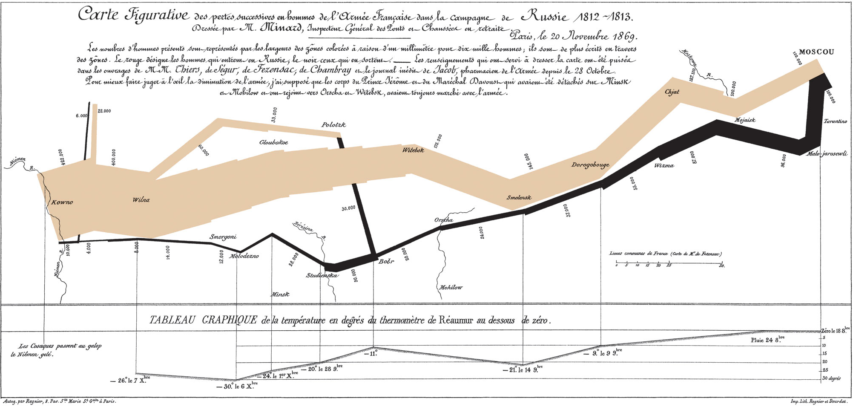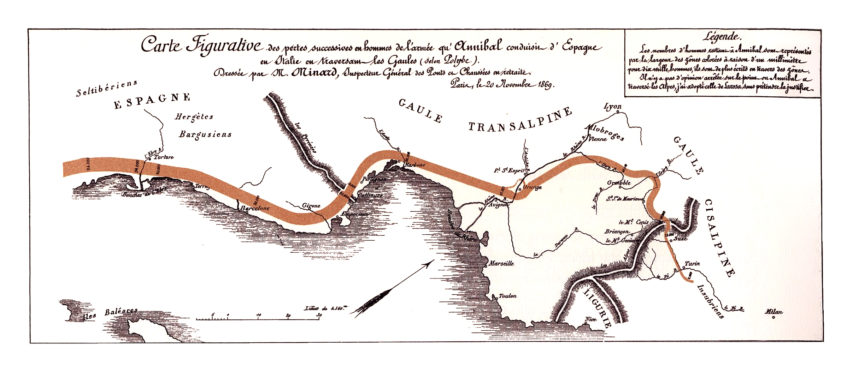Published on 23 Apr 2013
Take the “A” Train
live on April 12, 1964
filmed in NorwayCharles Mingus – Bass
Eric Dolphy – Bass Clarinet
Clifford Jordan – Tenor Sax
Johnny Coles – Trumpet
Jaki Byard – Piano
Dannie Richmond – Drums
April 15, 2017
Charles Mingus Sextet feat. Eric Dolphy – Take the “A” Train [complete]
Federal marijuana bill “is about as good a framework as we had any right to expect”
Chris Selley looks at the Trudeau government’s marijuana legalization framework, as revealed on Thursday:
The fact is, though, this is about as good a framework as we had any right to expect from the Canadian government. The feds will insist upon a safe and controlled supply chain, with licenses and inspections; you may keep four plants at home — an indulgence I would have bet against; promotional materials will be severely restricted in much the same way as for tobacco; the minimum age will be 18; and the maximum limit on the amount of dried flower you can carry around in public will be 30 grams — same as it is in Washington state and Colorado.
Retail and all the questions that go with it are the provinces’ problem, just as they should be. (In theory, a buzz-kill province could set the legal age at 105 and the public possession limit at zero, though the government says mail order would be available in provinces that don’t have a retail sector.)
The feds will balance out all this wanton permissiveness with tough talk of putting “organized crime” out of business and protecting our children from weed. (The maximum sentence for giving marijuana to a minor is 14 years in prison!)
And now we see whether it actually happens — by summer 2018, or at all.
The news Thursday was full of worries and concerns and potential reasons why it might not. They range from legitimate-but-surmountable to downright silly.
Yes, the science of THC impairment behind the wheel is inexact. So I guess pot-consuming car-drivers had better take that under advisement. THC-impaired driving is already illegal, after all.
There is the bewilderingly persistent supposed issue of Canada’s obligation to prohibit drugs under UN conventions on narcotic and psychotropic substances. This week, the University of Ottawa’s Global Strategy Lab released a 27-page paper explaining “how Canada can remain party to the conventions without either withdrawing … or amending them.” It’s all very interesting, but why not just withdraw from the damn things?
[…]
Frankly, I’m amazed the Liberals have come even this far at a time when they’re walking on eggshells around the Trump administration. To the extent it has articulated a pot policy, it has been the opposite of the relatively laissez-faire approach the Obama administration took toward states that decided to legalize. Attorney-General Jeff Sessions talks about marijuana the way General Ripper in Dr. Strangelove talks about communists.
That will make legalization all the more impressive an achievement if the Liberals pull it off — and all the more damaging a self-inflicted wound if they don’t.
Charles Joseph Minard
I first encountered Charles Joseph Minard’s best-known work in Edward Tufte’s The Visual Display of Quantitative Information in the late 1980s:

The map’s French caption reads:
Figurative Map of the successive losses in men of the French Army in the Russian campaign 1812-1813.
Drawn up by M. Minard, Inspector General of Bridges and Roads in retirement. Paris, November 20, 1869.
The numbers of men present are represented by the widths of the colored zones at a rate of one millimeter for every ten-thousand men; they are further written across the zones. The red [now brown] designates the men who enter into Russia, the black those who leave it. —— The information which has served to draw up the map has been extracted from the works of M. M. Thiers, of Segur, of Fezensac, of Chambray, and the unpublished diary of Jacob, pharmacist of the army since October 28th. In order to better judge with the eye the diminution of the army, I have assumed that the troops of prince Jerome and of Marshal Davoush who had been detached at Minsk and Moghilev and have rejoined around Orcha and Vitebsk, had always marched with the army.
The scale is shown on the center-right, in “lieues communes de France” (common French league) which is 4,444m (2.75 miles).
The lower portion of the graph is to be read from right to left. It shows the temperature on the army’s return from Russia, in degrees below freezing on the Réaumur scale. (Multiply Réaumur temperatures by 1¼ to get Celsius, e.g. −30°R = −37.5 °C) At Smolensk, the temperature was −21° Réaumur on November 14th.
(Image and translation from Wikimedia)
In National Geographic, Betsy Mason reveals more about the man who created the “best graphic ever produced”:
Charles Joseph Minard’s name is synonymous with an outstanding 1869 graphic depicting the horrific loss of life that Napoleon’s army suffered in 1812 and 1813, during its invasion of Russia and subsequent retreat. The graphic (below), which is often referred to simply as “Napoleon’s March” or “the Minard graphic,” rose to its prominent position in the pantheon of data visualizations largely thanks to praise from one of the field’s modern giants, Edward Tufte. In his 1983 classic text, The Visual Display of Quantitative Information, Tufte declared that Napoleon’s March “may well be the best statistical graphic ever produced.”
Today Minard is revered in the data-visualization world, commonly mentioned alongside other greats such as John Snow, Florence Nightingale, and William Playfair. But Minard’s legacy has been almost completely dominated by his best-known work. In fact, it may be more accurate to say that Napoleon’s March is his only widely known work. Many fans of the March have likely never even seen the graphic that Minard originally paired it with: a visualization of Hannibal’s famous military campaign in 218 BC, as seen in the image below.
Graphic information of the men losses in the raid of the troops of Hannibal from Spain to Italy (Wikimedia)
On its face, it may not seem remarkable that Minard is remembered for this one piece of work; after all, many people owe their fame to a single great achievement, and the Napoleon graphic is certainly worthy of its reputation. But Minard was most definitely not a one-hit wonder.
Tank Chats #6 Vickers Light MKVI B
Published on 5 Jun 2015
The first mass-produced British tank.
Being, in terms of numbers, the most significant British tank at the outbreak of war, the Mark VIB saw service with the British Expeditionary Force in France, the Eighth Army in North Africa and in various subsidiary theatres. As a reconnaissance vehicle it was satisfactory, as a fighting tank quite useless since armour protection was minimal and the armament ineffective against enemy tanks.
QotD: “Healthy” food choices
Whenever I find myself choosing my next meal I always like to look out for the sign that says “healthy option.” In this age of variety and abundance it can often be hugely difficult making up your mind as to what to eat next. “Healthy option” makes things so much easier. It tells me: “Avoid like the plague.”
Good news, then, for takeaway customers in Rochdale, Greater Manchester. No fewer than six local fish and chip shops have taken on board the advice of their local council’s Healthier Choices Manager and introduced special, non-greasy, low-fat menu options. So now when customers find themselves torn between the battered sausage, the chicken nuggets and the “rock salmon” at least they can be sure of what they don’t want: that insipid-looking fillet of steamed cod on a bed of salad, with so few chips they barely even qualify as a garnish.
“It’s too early to say if steamed fish will be a hit,” says an article on the council’s website. And I’ll bet when they know the answer they won’t tell us. That’s because this well-meaning scheme is doomed to flop like a wet kipper. Of course it is. No one in their right mind goes to a takeaway as part of a calorie controlled diet. You do it when you fancy a treat.
And the reason it’s a treat is precisely because that food is so deliciously greasy. As the late Clarissa Dickson-Wright, the generously girthed cook from TV’s Two Fat Ladies, once explained to me, fry-ups, sizzling bacon, battered fish, and so on will always taste nicer than the “healthy option” because fat is a great carrier of flavour.
Clarissa (who was as big an expert on the science of food as she was on cooking and eating it) remained, to the end, a great defender of butter, cream and full-fat milk. She claimed they were much better for you than most of the supposedly healthy, low-fat alternatives. And it turns out she was right. Recent studies have shown that it’s the “trans-fats” in artificial health products like margarine that are the killer, not natural animal fats you find in butter.
What’s more, the evidence increasingly suggests, that it’s sugar not fat which is most responsible for our supposed obesity epidemic. So by trying to stop customers eating fried fish in Rochdale, the council is barking up the wrong tree. It’s the cafes pushing sweet cakes and doughnuts they should be investigating.
James Delingpole, “I prefer my cod in batter, thanks very much”, James Delingpole, 2015-08-15.





